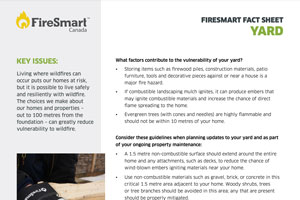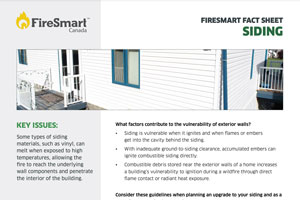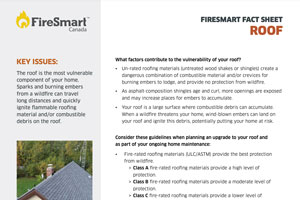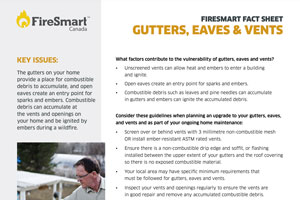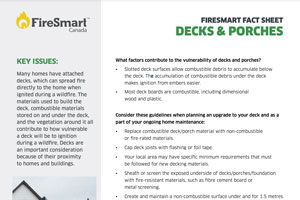Cultural burning and prescribed fire are tools for maintaining the health and safety of our forests, communities, and wildlife.
Cultural Burning is a practice that has existed for millennia. It holds different meanings for different Indigenous communities but is often defined as the controlled application of fire on the landscape to achieve specific cultural objectives.
These burns are typically implemented at low intensity, with guidance from an Elder or Fire Knowledge Keeper, often in collaboration with inter-ministry partners. Common objectives for cultural burning include but are not limited to cultural and language preservation, fuel mitigation, food and medicinal plant revitalization, and habitat enhancement.
Prescribed fire is the planned and controlled application of fire to a specific land area used to achieve a variety of land management objectives, including but not limited to public safety and wildfire risk reduction, preserving Indigenous cultural values, improved wildlife habitat, revitalized vegetation, and protecting local economies.
To learn more, visit prescribedfire.ca
